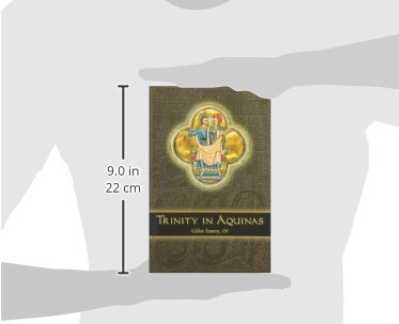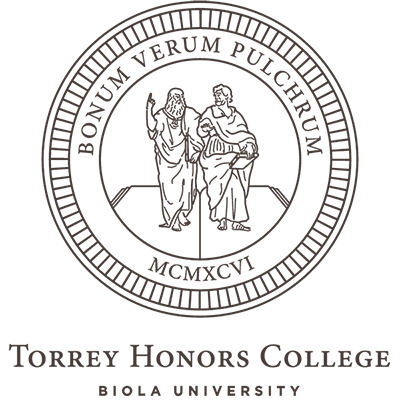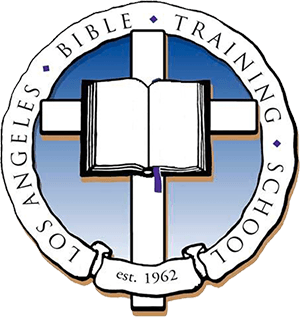A scene from The Canterbury Psalter (12th century)
Blog
Two Aspects of Relation

In his book Trinity in Aquinas (Sapientia Press, 2003), Gilles Emery OP has a deft explanation of how “relation” works in Thomas’ account of the Trinity in the Summa Theologiae. I read it quickly (it’s on p. 141), grasped what he was saying in a general way, and read on. But then Emery kept coming back to this little 200-word explanation in subsequent pages. He’d make a point, and then refer to “the double aspect of relation that we exposed earlier” (158). When I tried to draw “the double aspect of relation” out of my memory, I found I wasn’t exactly quick to the task. So here’s the key section of the key paragraph, typed in and broken up into smaller units:
The analysis of relation is founded on the Aristotelian doctrine of categories or predicaments. For St. Thomas, real relations in our world are “accidents” that exist not “between” things but “in” things: The relation is carried by a concrete subject in which it exists in the mode of an accident.
In extending Aristotle’s thought (Categories 7 and Metaphysics Delta, 15), St. Thomas Aquinas distinguishes two aspects in the relation, as in each of the nine kinds of Aristotelian accidents:
(1) the being or existence of the accident (esse);
(2) the definition or proper nature of the accident (ratio).As regards its ratio, relation presents a unique character among the accidents: Relation does not positively affect the subject that bears it, it is not an intrinsic determination of this subject (as is quality or quantity, for example), but rather it is a pure relationship to another (ad aliud). The relation possesses here an “ecstatic” character, a sort of metaphysical simplicity that permits its direct attribution to God.
But on the side of its existence (esse), the relation possesses the mode of being common to all the accidents, namely inherence in a subject (the existence in another and through another). (141)
Okay, that’s the main thing, the part he keeps referring back to. But here’s one application. Emery immediately applies the distinction to how we consider “person” in God:
(1) From the side of the existence, it is necessary to recognize that the esse of the divine relation is the same being as the divine substance: Under the aspect of its existence, the relation identifies itself purely and simply with the substantial being in God, since there is not accidental being in God.
(2) From the side of its definition in God as a pure relationship of “opposition according to origin” (paternity, filiation, and procession). Under this second aspect, the relation does not consist in a determination of the divine essence, but rather consists only in the interpersonal relationship according to its origin.
If you like the diagram that maps out “Father is God, Father is not Son,” etc., you’ll see that Thomas uses his account of relation to show why those lines on the graph are there.
About This Blog

Fred Sanders is a theologian who tried to specialize in the doctrine of the Trinity, but found that everything in Christian life and thought is connected to the triune God.


